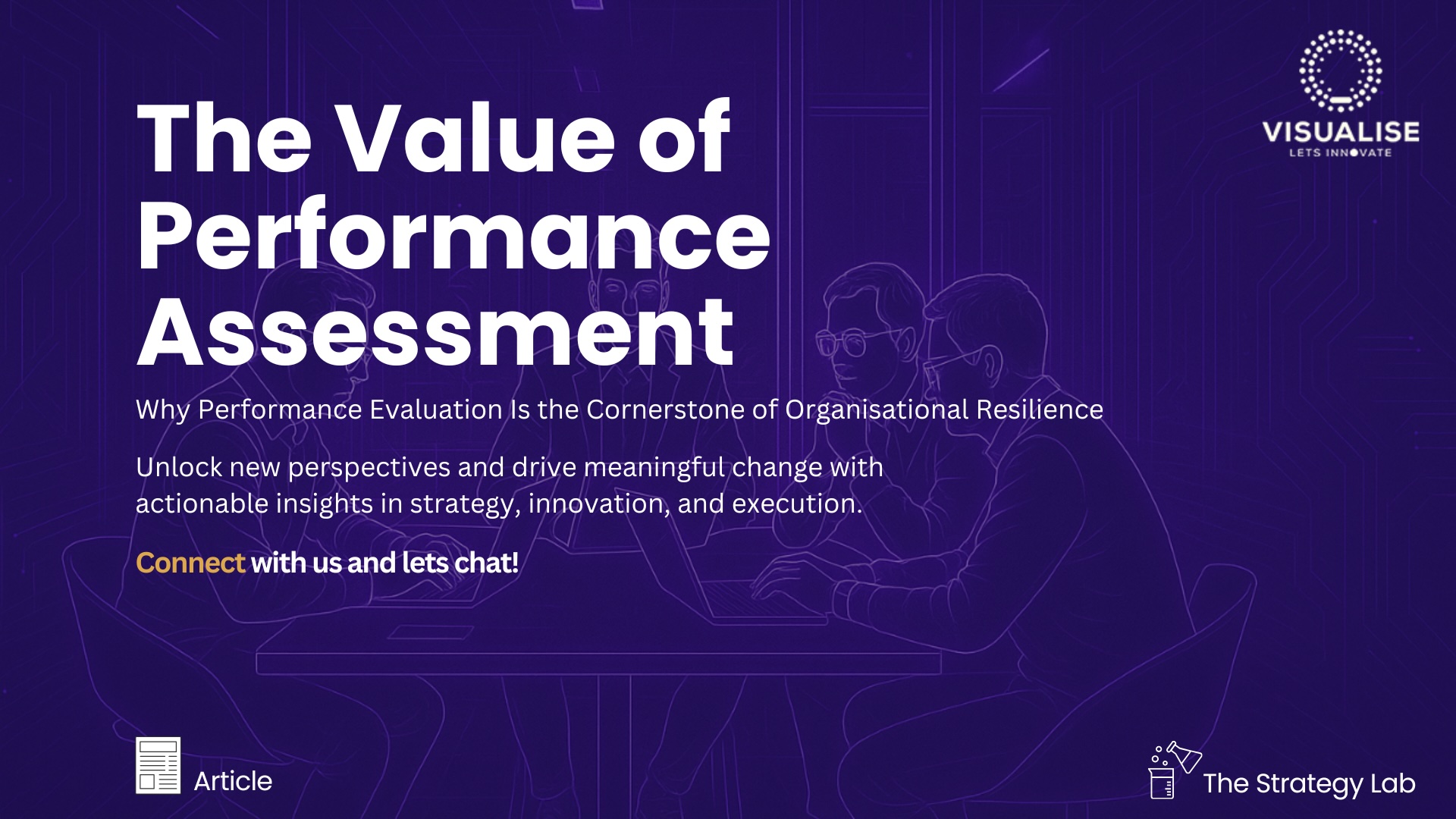Apr10

introduction
In today's rapidly changing and increasingly competitive business landscape, it is imperative for C-suite executives and leadership teams to adapt and evolve their business models to remain relevant and profitable. A business model refresh can be the catalyst that propels a company into a new era of growth and success, leading to long-term sustainability. This article will outline the benefits of a business model refresh, provide detailed examples of companies that have reaped the rewards, and demonstrate why C-suite leadership should embrace this transformative process.
A business model refresh allows companies to adapt more efficiently to changes in their external environment, such as fluctuations in customer preferences, emerging market trends, and technological advancements. By fostering a culture of innovation and adaptability, C-suite leadership can ensure their company stays ahead of the curve and is better equipped to weather the challenges posed by an ever-evolving marketplace.
Example: Netflix transformed its business model from a DVD rental service to a leading streaming platform, allowing the company to pivot and respond to market changes, technological advancements, and shifts in consumer preferences. This adaptability has been critical to Netflix's continued success.
A business model refresh can uncover new revenue streams, create new value propositions, and identify untapped market opportunities, helping companies maintain or gain a competitive edge over their rivals. By constantly evaluating and adjusting their business model, C-suite leaders can exploit market inefficiencies and keep competitors at bay.
Example: Apple, once primarily known for its Macintosh computers, expanded its product offerings to include the iPhone, iPad, and Apple Watch. This diversification allowed Apple to tap into new markets and capitalize on the growing demand for personal electronics, significantly increasing its competitive advantage.
Refreshing a business model often involves reevaluating and enhancing the value proposition for customers. By focusing on delivering unique, tailored experiences and products, companies can improve customer satisfaction and loyalty, leading to increased customer lifetime value and reduced churn rates.
Example: Amazon started as an online bookstore but quickly evolved into an e-commerce giant offering a vast array of products and services. By enhancing its value proposition through features such as Amazon Prime and personalized recommendations, Amazon was able to build a loyal customer base and differentiate itself from competitors.
A business model refresh can lead to increased operational efficiency and reduced costs. By identifying areas of potential improvement and implementing new processes, technologies, and strategic partnerships, C-suite leaders can optimize their operations and drive down costs, ultimately increasing profitability.
Example: Toyota's adoption of the "lean manufacturing" approach revolutionized the automotive industry. By streamlining processes, reducing waste, and emphasizing continuous improvement, Toyota achieved significant cost savings and operational efficiency, contributing to its position as a global leader in the automotive sector.
A business model refresh helps ensure that a company remains viable and sustainable in the long term. By proactively addressing potential weaknesses and capitalizing on emerging opportunities, C-suite leaders can set their company on a sustained growth and success trajectory.
Example: IBM successfully navigated a significant business model shift in the early 2000s. By moving away from hardware-centric solutions and focusing on software and services, IBM was able to reinvent itself and maintain its position as a global technology leader.
Conclusion
For C-suite executives and leadership teams, a business model refresh is essential for driving long-term success in an increasingly competitive and dynamic marketplace. By embracing this process, companies can benefit from increased adaptability, enhanced competitive advantage, improved customer value, streamlined operations, and sustainable growth.
By Andrew Constable MBA, XPP, BSMP
Keywords: Business Strategy, Innovation, Leadership
 The Value of Performance Assessment
The Value of Performance Assessment The Digital Commons — From Noise to Wisdom
The Digital Commons — From Noise to Wisdom Friday’s Change Reflection Quote - Leadership of Change - Change Leaders Harness Existing Dissatisfaction
Friday’s Change Reflection Quote - Leadership of Change - Change Leaders Harness Existing Dissatisfaction The Corix Partners Friday Reading List - November 7, 2025
The Corix Partners Friday Reading List - November 7, 2025 The Trust Deficit in Change Programmes
The Trust Deficit in Change Programmes